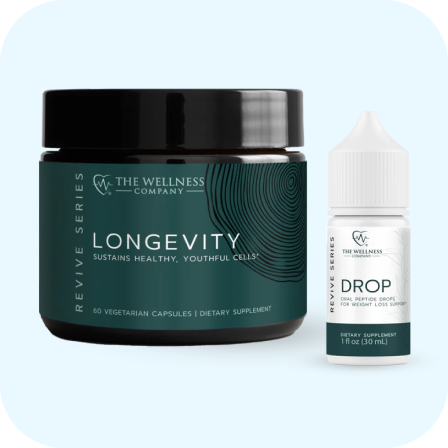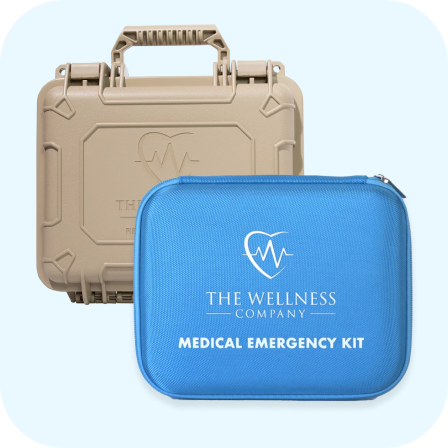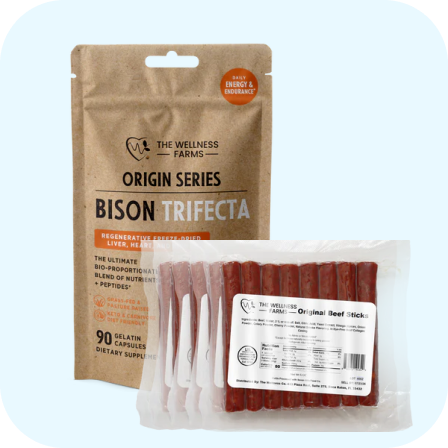Using Binders During a Detox

During parasite and heavy metal cleanses, toxins mobilized from tissues or released from dying pathogens can recirculate through the body, worsening symptoms rather than improving them. This is where binders become essential.
When the liver processes toxins, they are packaged into bile for elimination. However, over 90% of bile is reabsorbed in the intestines along with the fat-soluble toxins it contains. Binders prevent this reabsorption by binding to toxins in the digestive tract, ensuring their safe removal from the body (1).
Types of Binders
- Activated Charcoal: High adsorptive capacity for chemicals, heavy metals, and microbial toxins.
- Bentonite Clay: A negatively charged clay that attracts positively charged heavy metals.
- Zeolites: Trap heavy metals, mycotoxins, radioactive materials, and pesticides.
- Modified Citrus Pectin (MCP): Helps eliminate heavy metals without depleting minerals.
- Chlorella: Binds heavy metals and promotes detox.
- Humic & Fulvic Acids: Bind lead and mercury; also anti-inflammatory.
When to Use Binders
According to Dr. Hadar Elbaz, DACM:
- Start binders at the beginning of parasite or heavy metal protocols.
- Use during “kill” phases to catch die-off toxins.
- Continue through full treatment cycles (7–21 days).
- Follow your practitioner’s timing and dosage guidance.
Detox Symptoms: The Jarisch-Herxheimer Reaction
This “die-off” response occurs when pathogens die too quickly, flooding your system with toxins (2).
- Flu-like symptoms
- Nausea, chills, and fever
- Body aches and fatigue
- Brain fog, mood shifts, and poor sleep
Contraindications for Binder Use
- Constipation (resolve first)
- Pregnancy or breastfeeding (consult doctor)
- Children under 18
- Kidney or heart conditions
- GI disorders or history of colon surgery
Watch for Electrolyte Imbalance
Binders, especially clays, may deplete electrolytes. Signs include weakness, cramps, nausea, irregular heartbeat, and confusion (3).

Best Practices for Binder Use
- Work with a licensed practitioner.
- Hydrate constantly.
- Take on an empty stomach.
- Time around meals, meds, and supplements (30–120 min apart).
- Start slow; monitor symptoms.
- Watch for interactions or unusual reactions.
References
- Dawson PA. Role of the intestinal bile acid transporters. Handb Exp Pharmacol, 2011.
- Jarisch-Herxheimer Reaction. ScienceDirect Topics.
- Braun MM et al. Electrolyte Imbalance. Verywell Health, 2023.
Written by Brooke Lounsbury






















